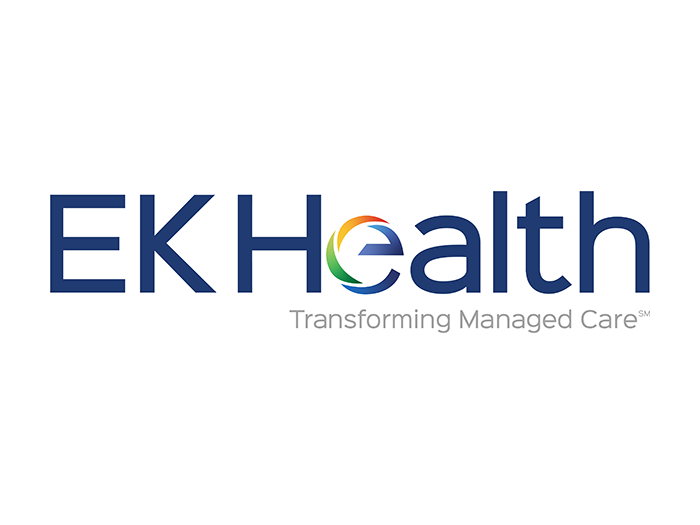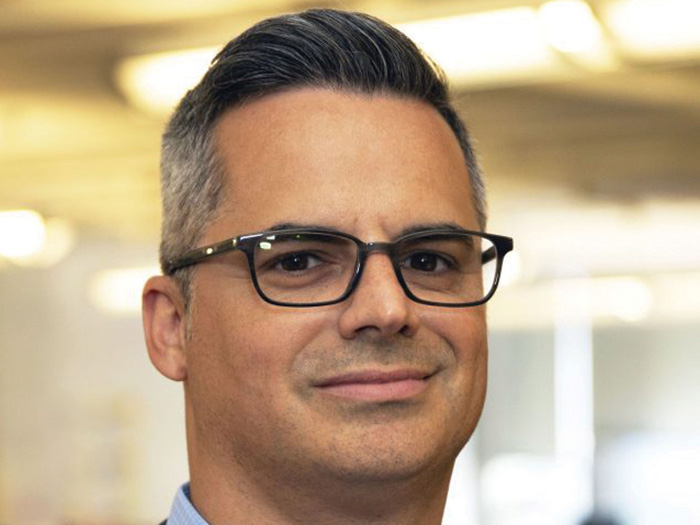The Cost of Sexual Harassment in Academic Medicine Is High. How Can Risk Managers Step in, Save Lives and Reputations?

Sexual harassment in any workplace can quickly create an uncomfortable and unsafe environment.
But some industries, like medicine, seem to face more instances of sexual harassment than others.
Incidents of sexual harassment in health care at academic institutions and teaching hospitals can set the tone for a health care worker’s entire career, shaping whether they will report incidents of abuse in the future or become victims or harassers themselves.
Health care has traditionally been a very hierarchical field, with nurses and aids deferring to doctors based on status levels. This can create a culture where no one questions or reports concerns, especially when retribution or punitive action is taken against the complainant.
Leaders and respected physicians are often put on a pedestal, where no one questions their authority or leadership — making it very difficult for anyone to speak up if harassment occurs.
Representation of women at the highest levels in academia and medicine is still lacking, perhaps contributing to the persistence of a culture where sexual harassment is tolerated.
Forty-one percent of full-time faculty at U.S. medical teaching colleges are women, and women fill a mere 18% of department chair roles as of 2019, according to the Association of American Medical Colleges.
While this problem is pervasive, with sound risk management and avoidance strategies, health care institutions can slow or stop the prevalence of sexual harassment claims.
Effects of Sexual Harassment in Health Care Teaching Institutions
Sexual harassment in health care and academic health care is a significant issue.
A global study found the prevalence of sexual harassment against female nurses was 43%. Another survey of the University of Michigan Medical School faculty found 82% of women and 65% of men had experienced at least one incident of sexual harassment in the last year.
A survey of general surgery students found 70% of female respondents — and 49% of respondents overall — reported at least one incident of sexual harassment during their schooling.
Sexual harassment affects not only the victims but also patients, other students and employees, and the industry overall. The cost is high, as well — and not simply the cost of claims or lawsuits.
Victims of sexual harassment who decide it’s not worth it to make a complaint, or those who do complain and are further victimized by retribution, end up leaving their training program or jobs. They get burned out and take leaves of absence or quit. Or they may be forced out by a system that supports harassers over victims.
High turnover in health care affects the consistency and quality of patient care. Overworked nurses and other health care workers can be at a greater risk of making critical patient care mistakes.
Some students who likely would have made excellent health care providers leave the industry.
The Mayo Clinic Proceedings for Addressing Sexual Harassment in the #MeToo era lists several direct and indirect costs and impacts on the health care industry from sexual and other harassment:
- Loss of productivity
- Investigation costs into allegations of harassment
- Costs of replacing staff who leave due to harassment
- Legal expenses
- Loss of company culture or creation of a dysfunctional environment
- Reduced ability to operate effectively and compete with peers
How Insurers and Risk Managers Can Help
Insurers and risk managers can help health care teaching institutions change these troubling sexual harassment trends and create a safe environment for everyone. Here are four strategies they can employ.
1) Have sound policies and procedures in place. The first place to start is by updating policies and procedures. Having a sound structure is key, but health care institutions also have to ensure everyone follows the rules.
Unenforced policies and procedures may as well not exist. So in addition to reviewing and updating the current guidelines, risk managers should also consider whether the policies and procedures are being followed.
2) Create a safety culture. The policies and procedures a business develops help influence and establish the company’s culture. And culture is a significant contributor to the possibility of sexual harassment claims.
The culture dictates whether harassment is tolerated, if employees feel safe reporting it, whether retribution is possible, and if others who witness the harassment are comfortable speaking up.
“The culture really does matter,” said Ruth Kochenderfer, national health care financial and professional lines practice co-leader and managing director at Mars.
“Most organizations will say they have policies and procedures in place to prevent sexual harassment, but it goes back to the question of culture – how are they implementing it?”
3) Rely on expert advice. Many carriers offer a few complimentary hours of consultation annually for their EPLI clients with employment attorneys.
Take advantage of this service to talk with the experts about your specific exposures. Preventing EPLI claims is a shared goal between you and your carrier — so using their expertise to lower your possibility of a claim is a best practice.
Ask your broker or carrier how to utilize this consultation service if they offer it.
4) Talk about claims trends. When a health care institution or any business experiences a claim, part of their risk mitigation plan should be to talk about it when possible, with protections in place for people involved.
“When you do have a bad incident, what went wrong? Talk about what went wrong and share it with everyone. Learn from other’s mistakes,” Kochenderfer said.
Sharing information about how a claim happened, the policies and procedures that failed, and how to avoid the same type of claim in the future is critical risk mitigation for future losses.
What’s Next for Health Care Teaching Institutions?
The world is different following the #MeToo movement.
People in every industry face sexual harassment, but in the wake of the publicity around #MeToo, more people are talking about it and standing up for their rights and for the rights of other employees when they witness abuse.
Health care teaching institutions face a critical moment as sexual harassment claims and allegations continue.
Risk managers and insurers play an essential role in helping mitigate claims of sexual harassment. We owe it to each other and the next generation of health care students to improve. &










